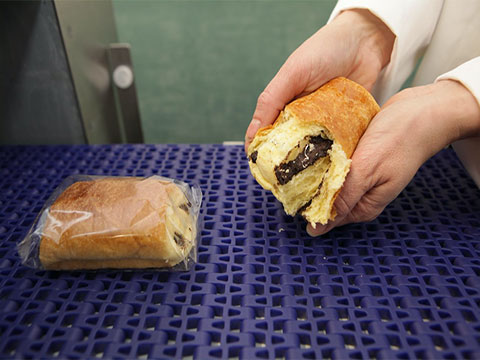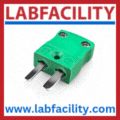
Posted to News on 30th May 2024, 09:30
Tips On Choosing Complementary Food Inspection Technologies
Creating a 'best-in-class' contaminant detection strategy requires understanding the respective strengths and limitations of food inspection technologies. X-ray and metal detection both have the same quality control goal - detecting contaminants. Both have a place on food production lines, and when used together, both can strengthen food safety, as Phil Brown, European Sales Director at Fortress Technology, explains.

The decision to invest in X-ray or metal detection equipment on food processing lines is dependent upon a manufacturer's requirements. Neither technology should be a replacement for good manufacturing practices. Rather, food contaminant detection units should always be selected based on operational needs and a risk analysis.
The most common high-risk contamination culprit remains metal. Contaminants can come from a multitude of sources, including:
- Metal fragments breaking off during mechanical cutting and blending operations, or from box blade cutters.
- Intrinsic contaminants in protein ingredients, such as bones or teeth, fruit and vegetable pits or eggshells.
- Human risks, such as jewellery, nails, personal protective equipment (PPE) gloves, hairnets and masks.
X-ray is a density detection system, enabling the identification of contaminants like glass, ceramic and bone. However, there are certain metals an X-ray cannot detect in food products that a metal detector can. This includes lightweight foil strips found in PPE and very thin box blades.
Important risk analysis factors to consider include:
Line placement: Metal detectors are effective for both in-process inspections and end-of-line quality control checks. They excel in gravity applications where product is moving through the aperture at a very fast speed. X-ray machines are typically located towards the end of the processing line, often after packaging.
Environment: Although X-ray machines are built to withstand water, they are sensitive to its presence. Additionally, dust, heat and cold temperatures can shorten an X-ray's life span, including their components. This means X-ray machines are rarely deployed upstream in bulk, farming, gravity, ingredient, or raw processing areas in a food production plant.
Running costs: Initial machine investment costs vary significantly depending on specifications, aperture size, layout, conveyors, integration and other factors. However, the most overlooked cost is often maintenance, calibration and testing of X-ray equipment. With metal detectors this is typically a tenth of X-ray spend.
Repairs and spares: X-ray machines are not well suited to in-house mechanics or repairs. Safety issues around radiation, the cost of training and dealing with potentially high-voltage components means manufacturers usually need to source and pay for engineering expertise. X-ray systems also require annual safety inspections and spare part prices are often much higher. The comparative cost of ownership for metal detection is low.
Ease of use: Metal detectors do not generate heat, and most maintenance teams can perform repairs, adjust settings or get remote support to resolve issues and minimise downtime.
User safety: If X-ray machines are used by untrained operators or used without the correct safety precautions, there can be serious dangers and potential health risks. There are strictly regulated radiation leakage and dosage limitations. Curtains, interlocking doors and shields are all used to protect food safety operators.
If, after product risk analysis processors consider that having an X-ray is necessary, providing space and investment spend allows it, have both. They are complementary technologies, confirms.
To assist with decision making, Fortress Technology offers food processors a service that tests products on both a metal detector and an X-ray. Customers are then presented with detailed reports and analysis to help inform CapEx decisions.
Fortress Technology (Europe) Ltd
The Phantom Building
7 Beaumont Road
OX16 1RH
UNITED KINGDOM
+44 (0)1295 256266


